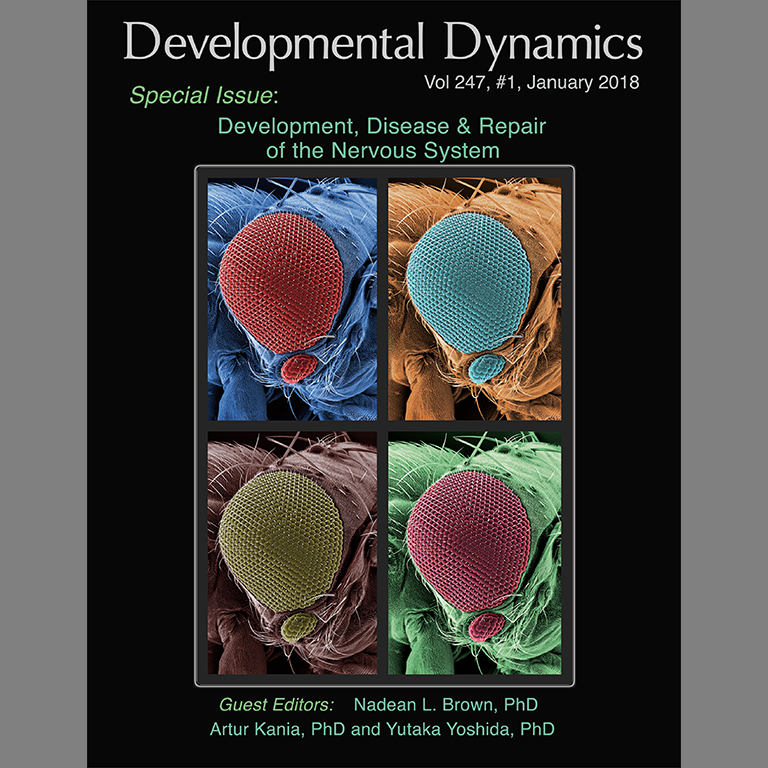
Kumar lab on the cover of Developmental Dynamics
Professor Justin Kumar's paper “The fly eye: Through the looking glass” was selected for the cover of Developmental Dynamics.

Professor Justin Kumar's paper “The fly eye: Through the looking glass” was selected for the cover of Developmental Dynamics.
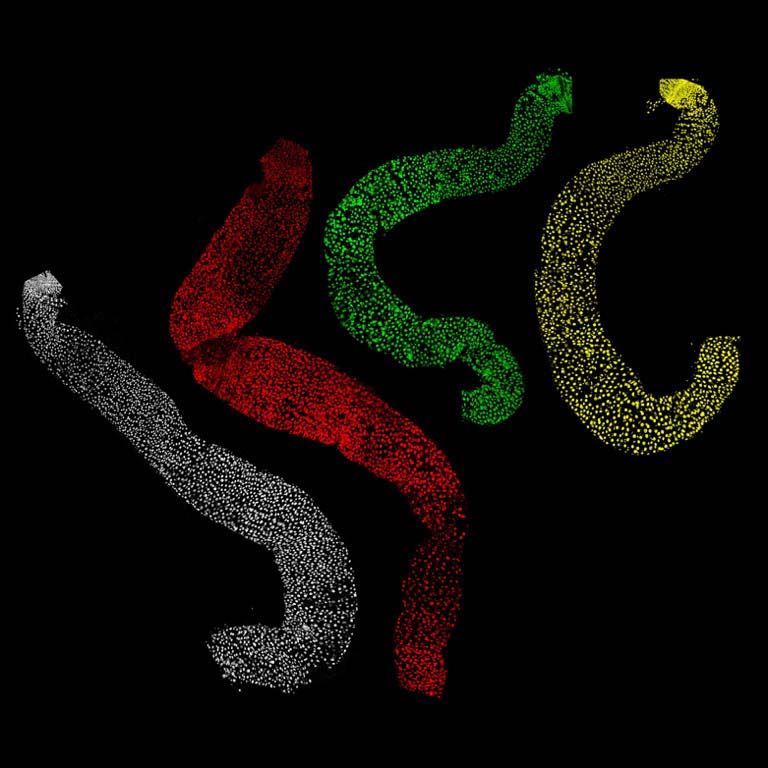
IU research could shed light on biological mechanism behind genetic disorder’s symptoms.
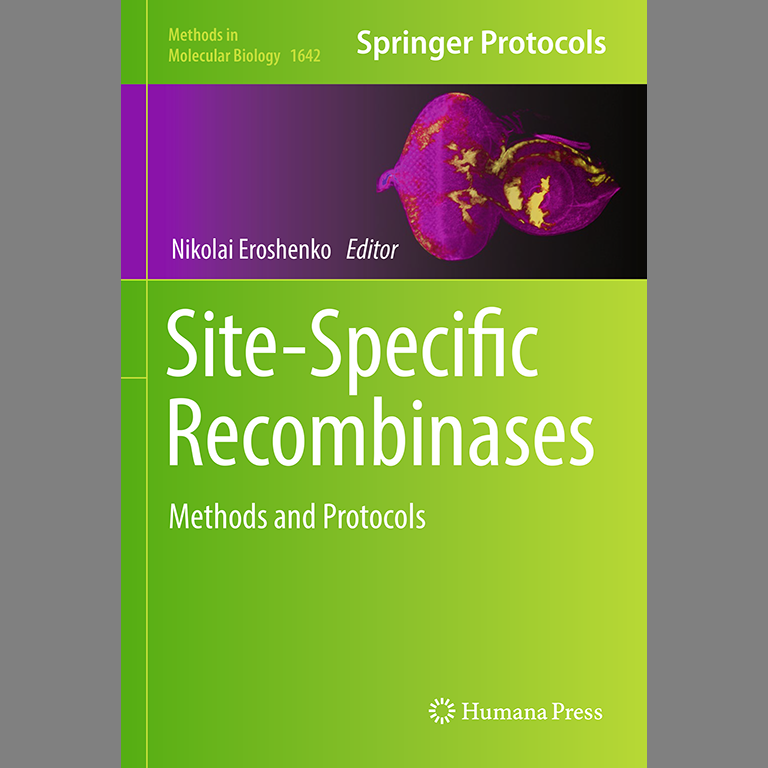
The paper “FLPing genes on and off in Drosophila” by members of the Kumar lab was selected for the cover of Methods in Molecular Biology.
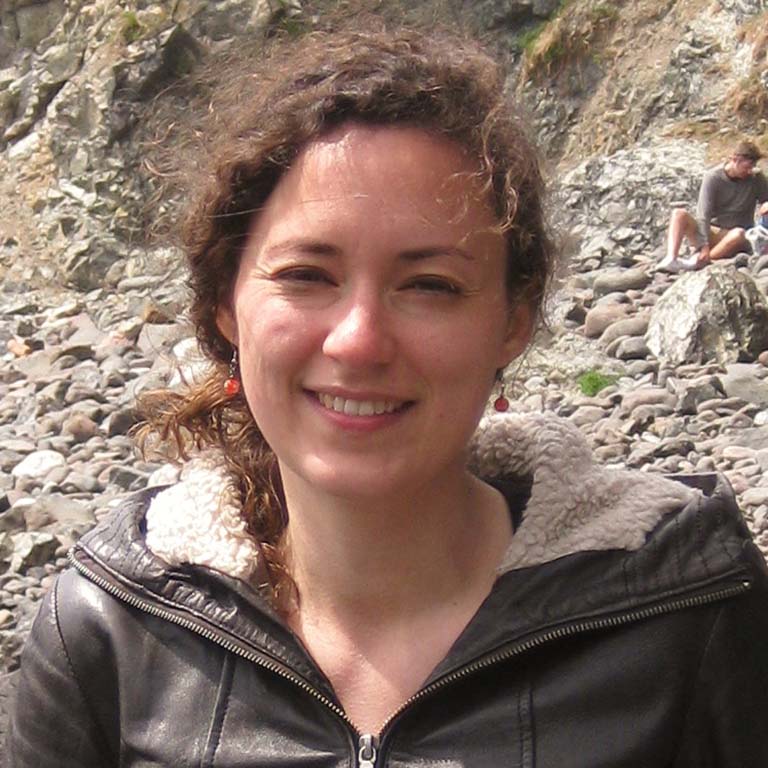
IU Biology alumna Kayla King (former member of the Lively Lab) has won the 2017 Philip Leverhulme Prize.

A compilation of recent achievements of our graduate students in the Evolution, Ecology, and Behavior program.

Professor Matt Hahn named fellow of the American Association for the Advancement of Science, a distinction that recognizes outstanding contributions to the progress of science and research. Adam Zlotnick, an adjunct professor of biology, was also named AAAS fellow.
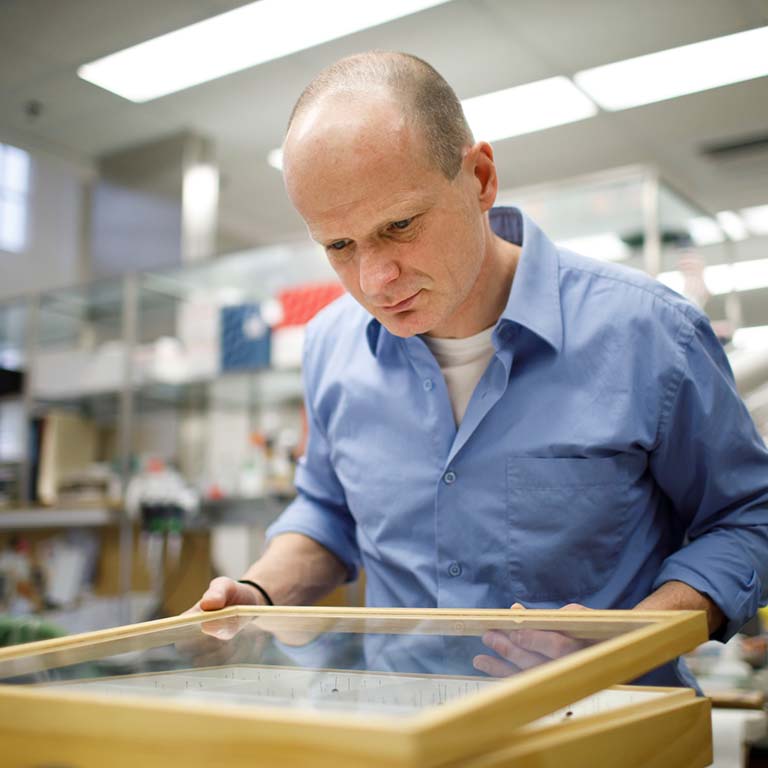
Professor Armin Moczek will conduct research on developmental biology in Australia as a Fulbright Distinguished Chair in Science, Technology, and Innovation.
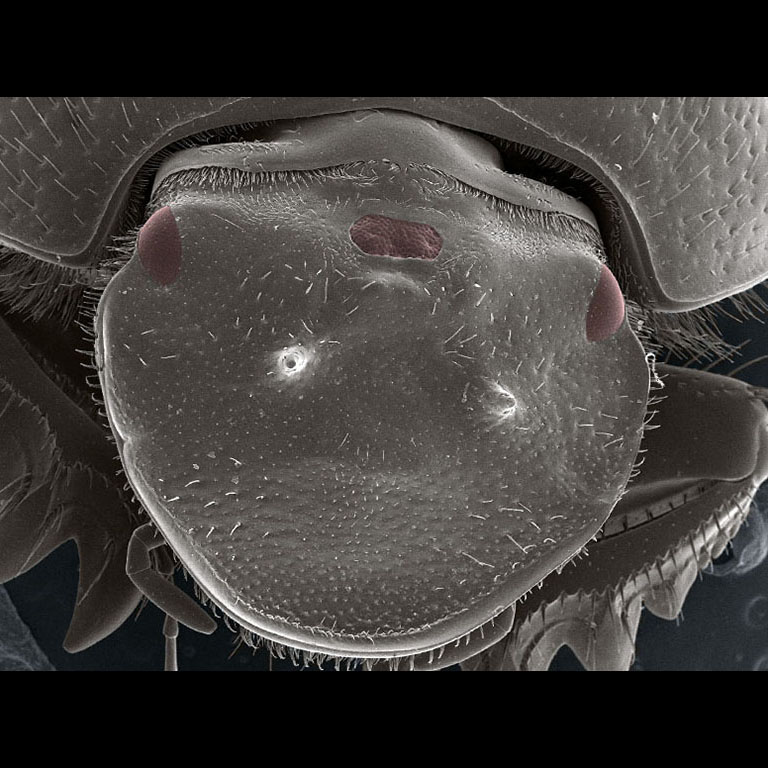
'Three-eyed' insect could help reveal self-organizing mechanism behind the evolution of new complex traits.
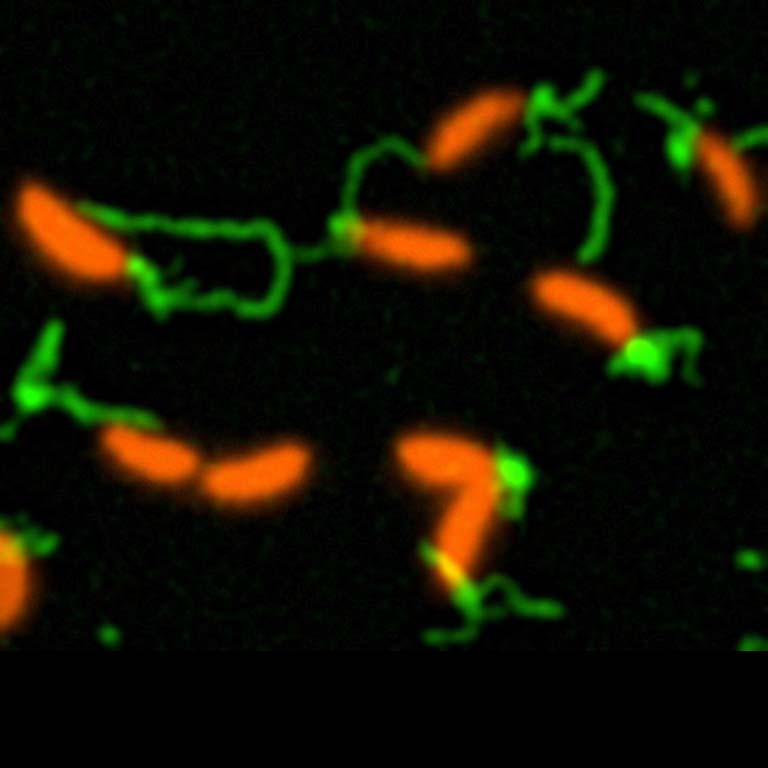
Improved method to observe cell structures involved in biofilm reveals how bacteria cling to surfaces, leading to major infrastructure, health problems.
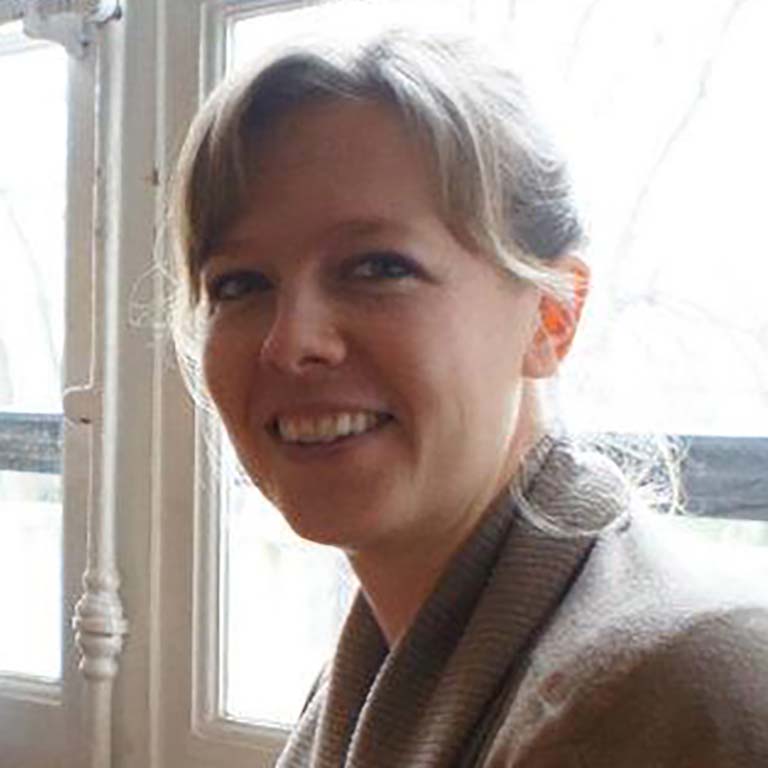
"Very good news!" announced Distinguished Professor Curt Lively. "Britt was awarded the Young Investigator Prize from the American Society of Microbiology."
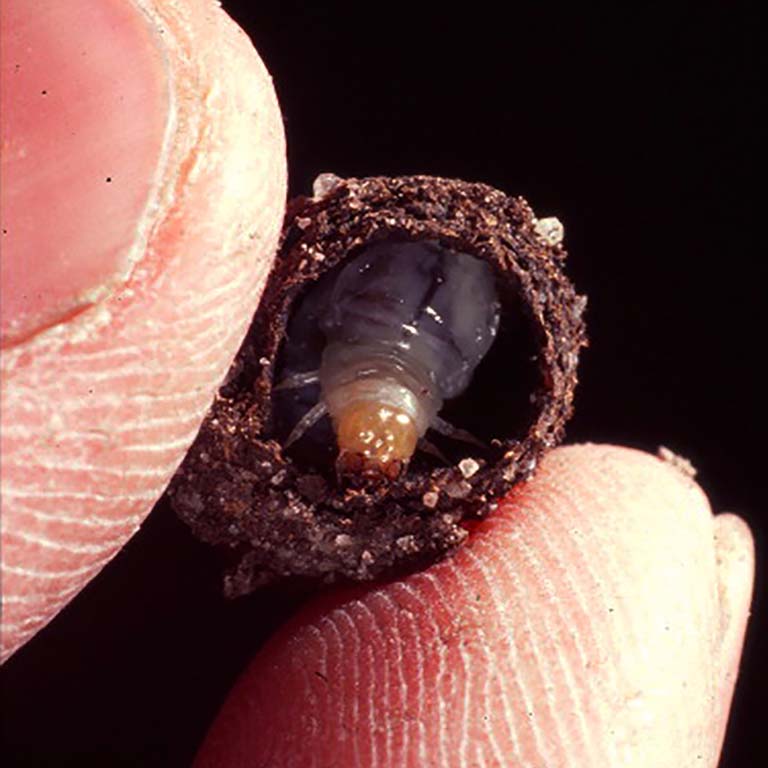
Ph.D. students Daniel Schwab and Sofia Casasa (Moczek Lab) are lead authors on a paper in Ecology Letters.

Rudy Professor of Biology Sue Carter and colleagues have found that levels of the hormones oxytocin and vasopressin influence canine social behaviors and aggression.
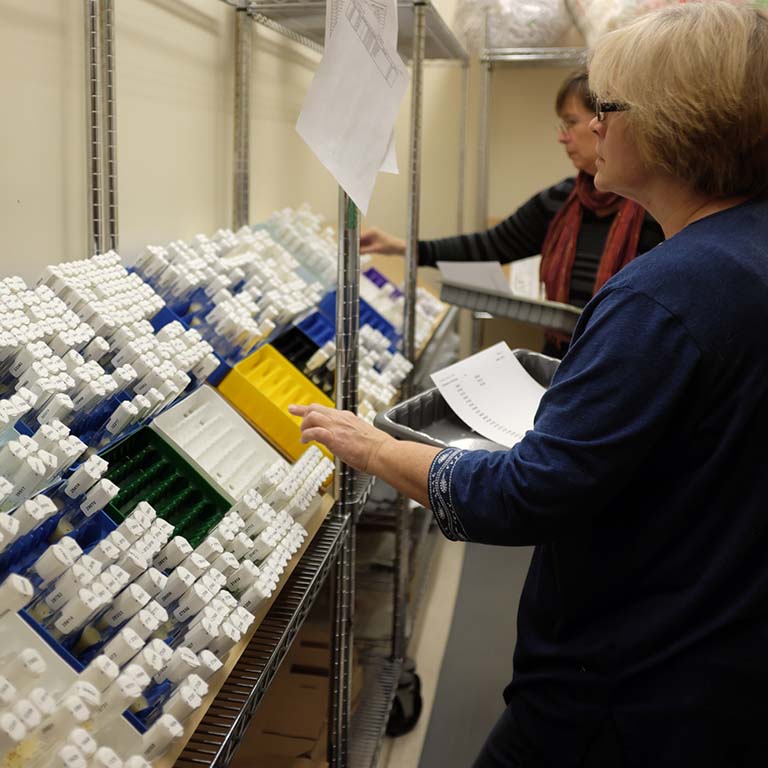
"IU is truly the center of the Drosophila universe," says Assistant Professor Irene Newton. The Newton Lab and several other Biology labs use fruit flies in their research, and the department houses three critical NIH-funded centers that support Drosophila research globally.
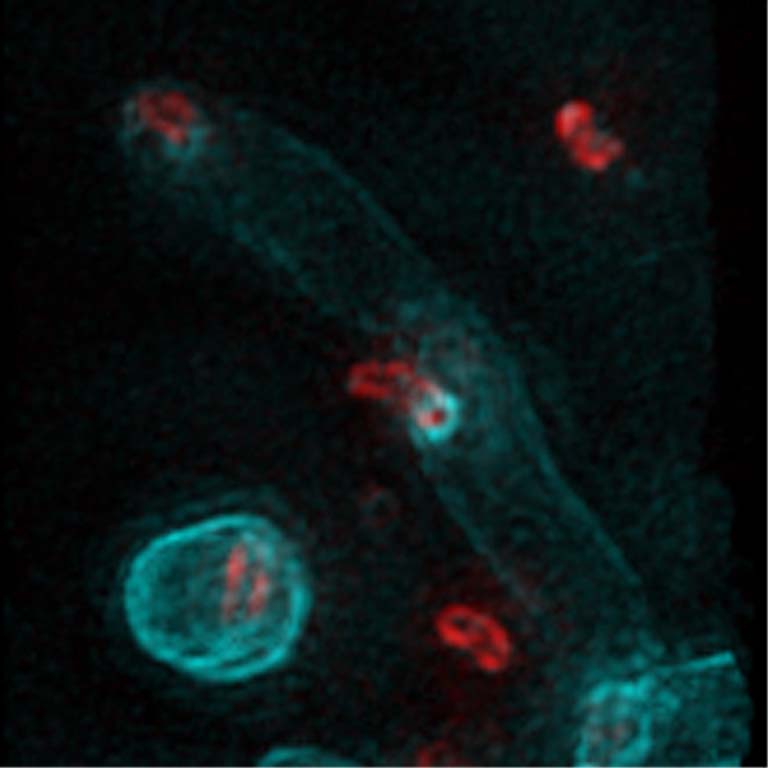
IU and University of Nottingham scientists are investigating the invasive predatory bacteria Bdellovibrio bacteriovorus as a potential therapeutic to kill antibiotic-resistant pathogenic bacteria.

Julia van Kessel has been funded $1.89 million for her grant titled “Quorum sensing regulation of bacterial development” through a Maximizing Investigators' Research Award for Early Stage Investigators.
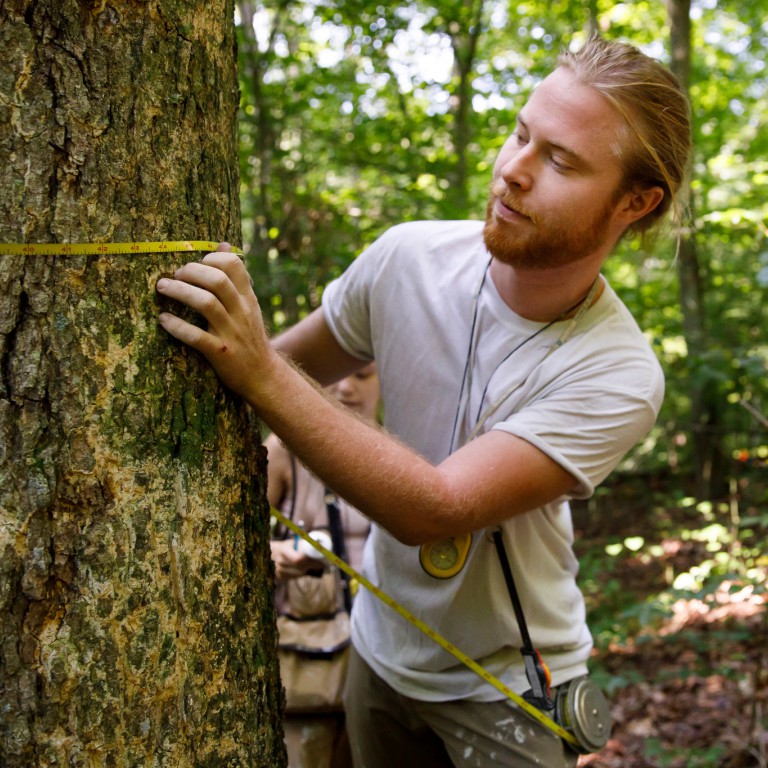
A small team of IU researchers took on a seemingly insurmountable task this summer: physically measuring the size and location of every tree in 62 acres of land deep within Lilly-Dickey Woods, one of the state's oldest forests.
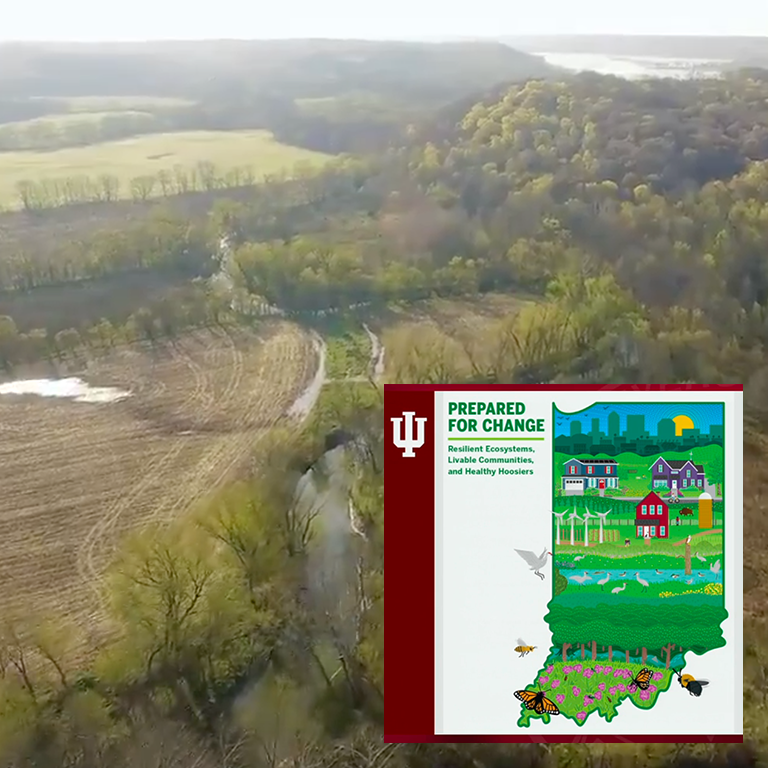
The "Prepared for Change" initiative (led by Distinguished Professor of Biology Ellen Ketterson) is making news around the state.
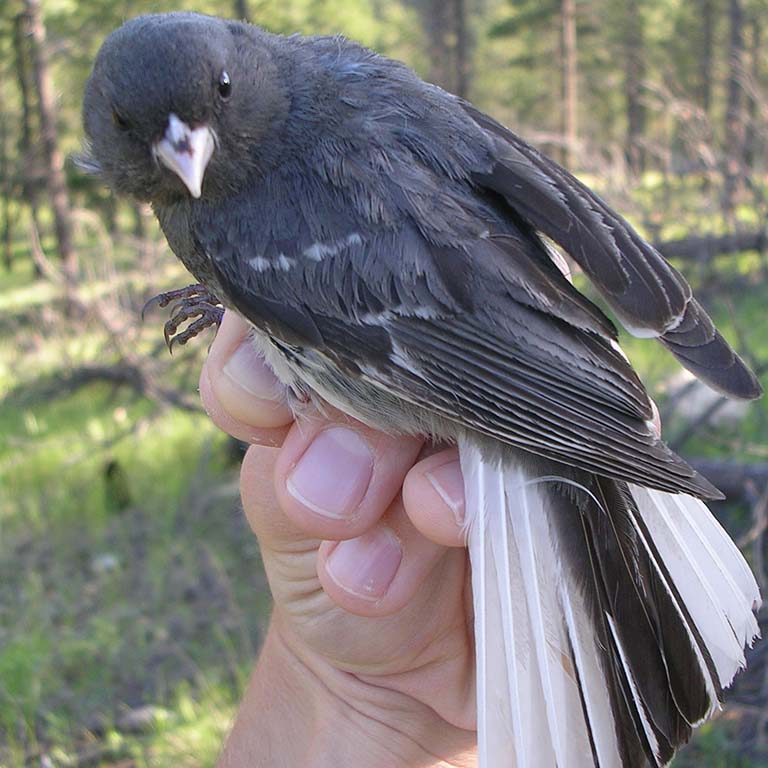
Limestone Post magazine explores research scientist Adam Fudickar's work on the Dark-eyed Junco: ". . . when you devote your career to the study of migration patterns of birds and other animals, as . . . Fudickar does, you see some trends emerge that are stunning, even troubling, but could turn out to be hopeful."
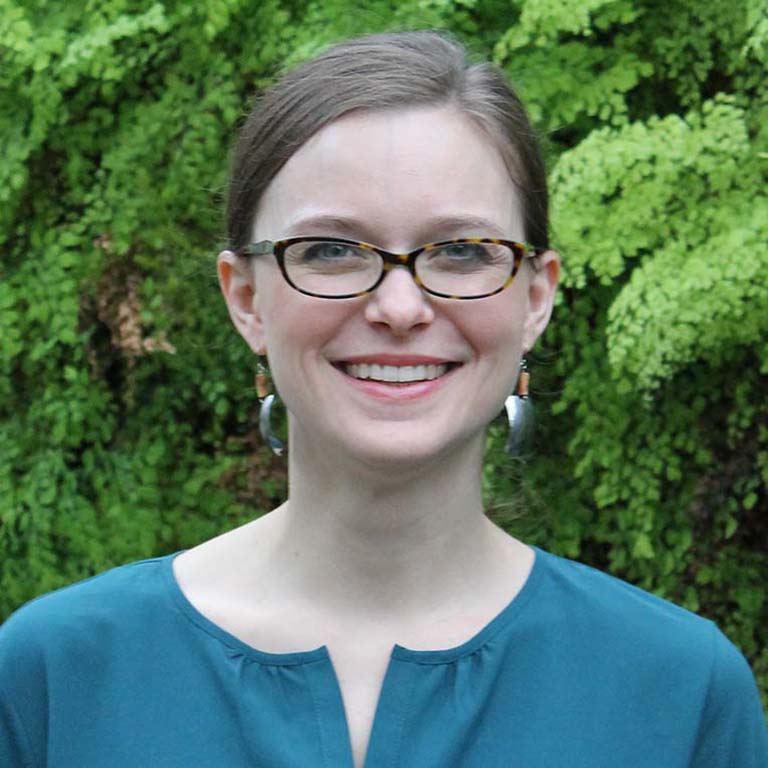
Undergraduate advisor Danielle Murry-Knowles has been selected as recipient of the IU College of Arts and Sciences 2016-17 Advisor of the Year Award.
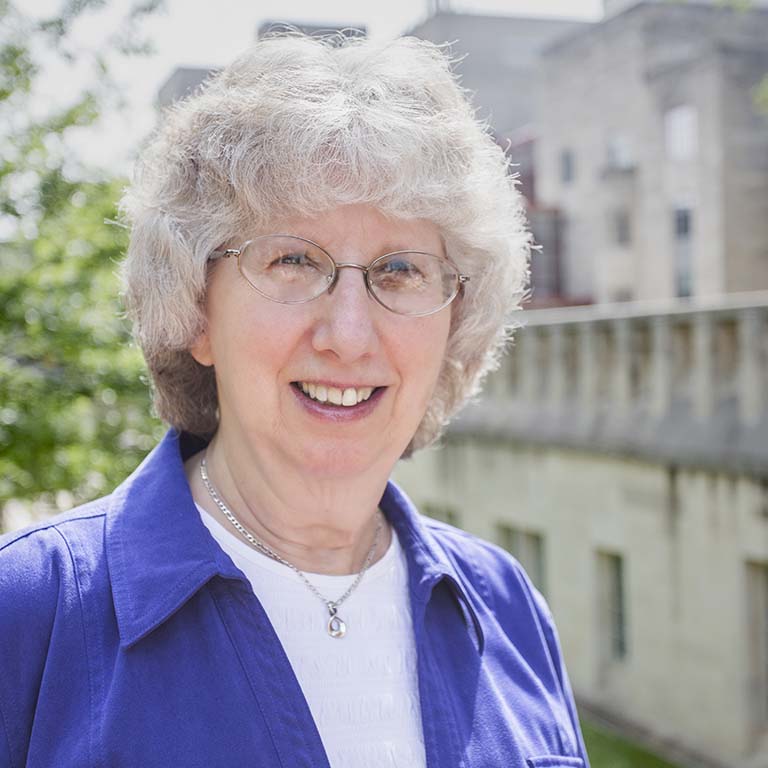
Professor Karen Bush to receive Hamao Umezawa Memorial Award, the highest award of the International Society of Chemotherapy for Infection and Cancer.
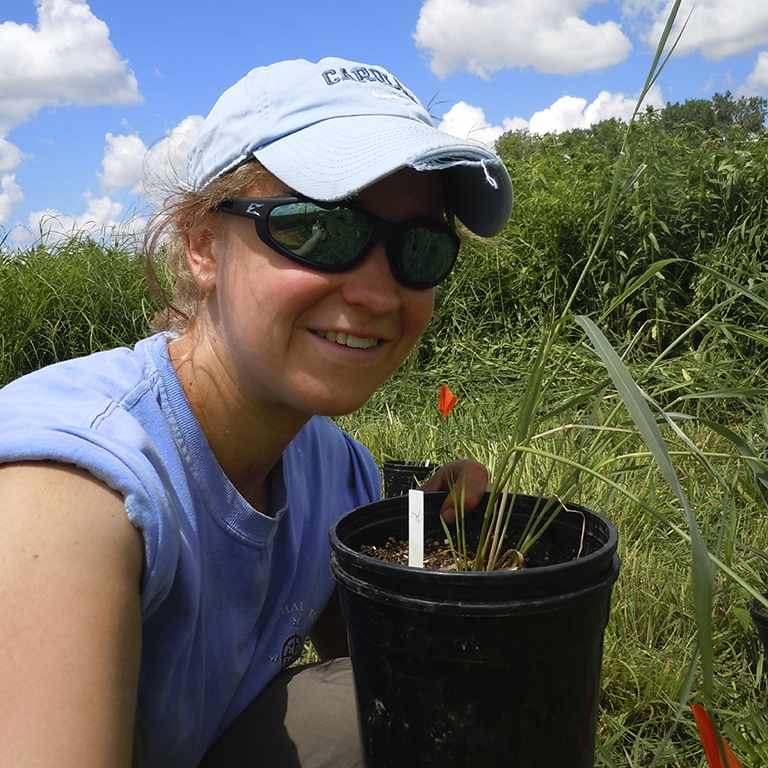
Study by graduate student Briana Whitaker (Clay lab) and colleagues is first to test and manipulate whole microbiomes of aboveground tissues for plant species. Published in Ecology Letters.
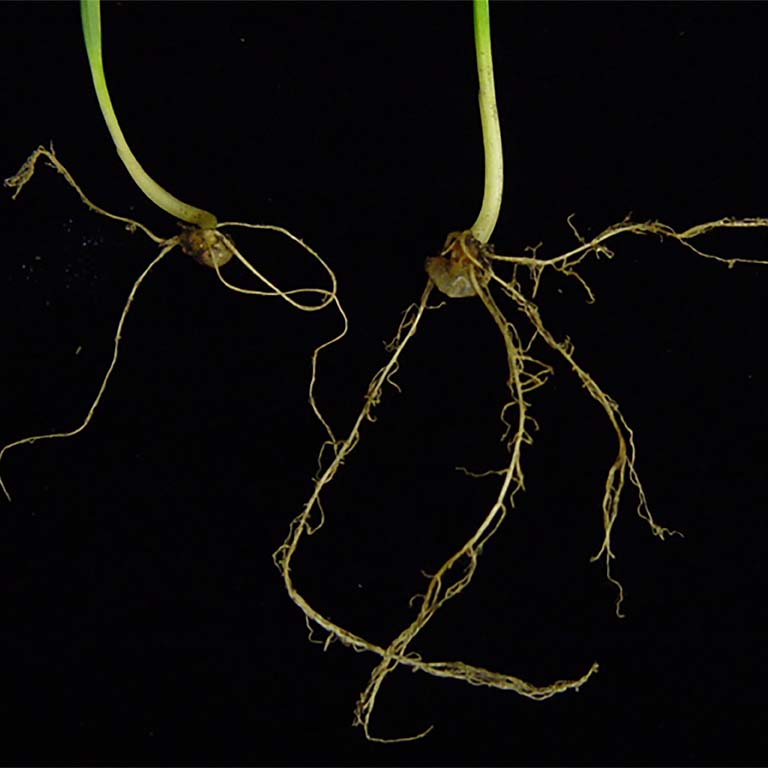
Award allows investigators to combine basic science questions with applied uses which translates into improving crop outcomes.
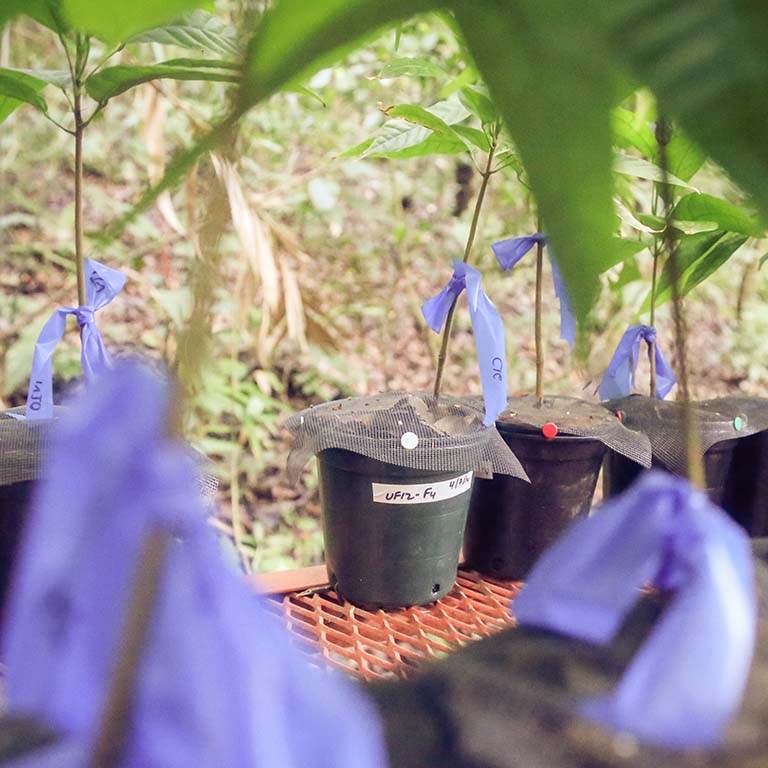
A study by graduate student Natalie Christian, Distinguished Professor Keith Clay, and colleagues shows exposing cacao tree seedlings to leaf litter from healthy cacao adults significantly reduced seedling pathogen damage. Article in Proceedings of the Royal Society B.
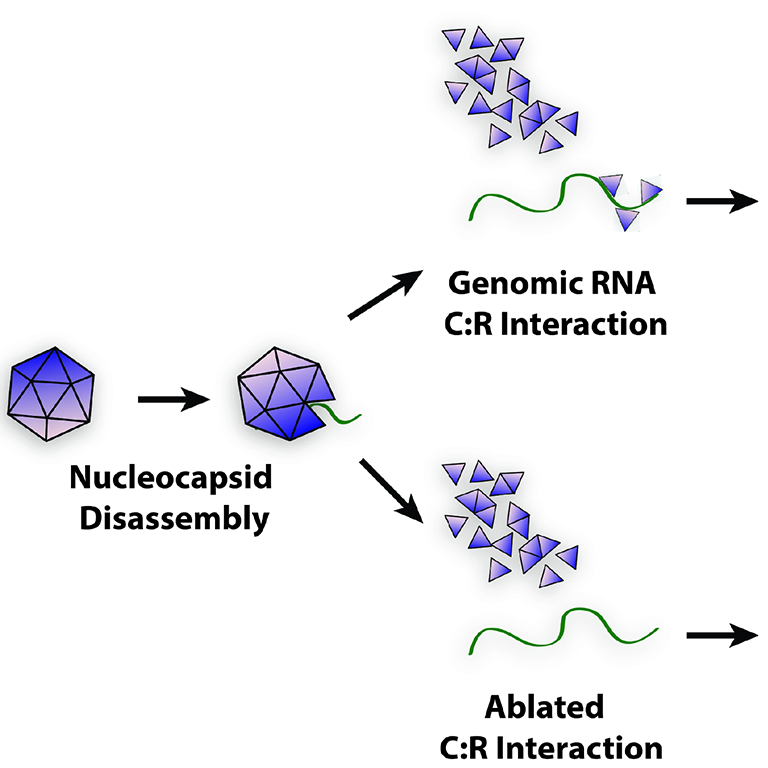
A study from the Hardy lab and collaborators has established a link between alphavirus RNA stability, mediated by binding of a viral protein and viral pathogenesis. In PLoS Pathogens.

Former graduate student Erkin Kuru (Brun/VanNieuwenhze labs, PhD 2016) received IU's University Graduate School Distinguished PhD Dissertation Award for 2017 in the Biological Sciences category.
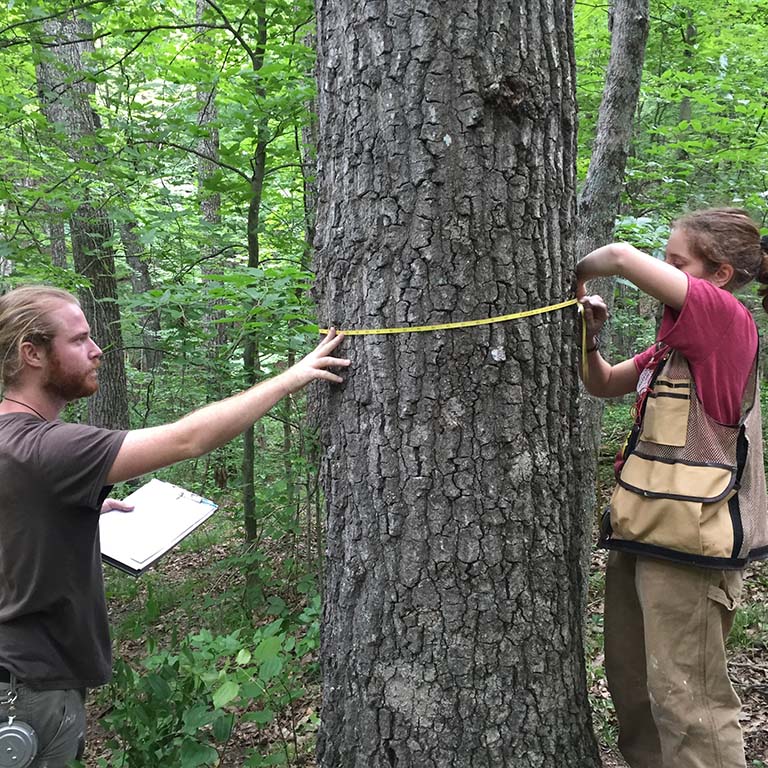
Distinguished Professor Keith Clay, former graduate student Dan Johnson (Clay lab, PhD 2013), and Associate Professor Rich Phillips in Science: Plant diversity increases with the strength of negative density dependence at the global scale.
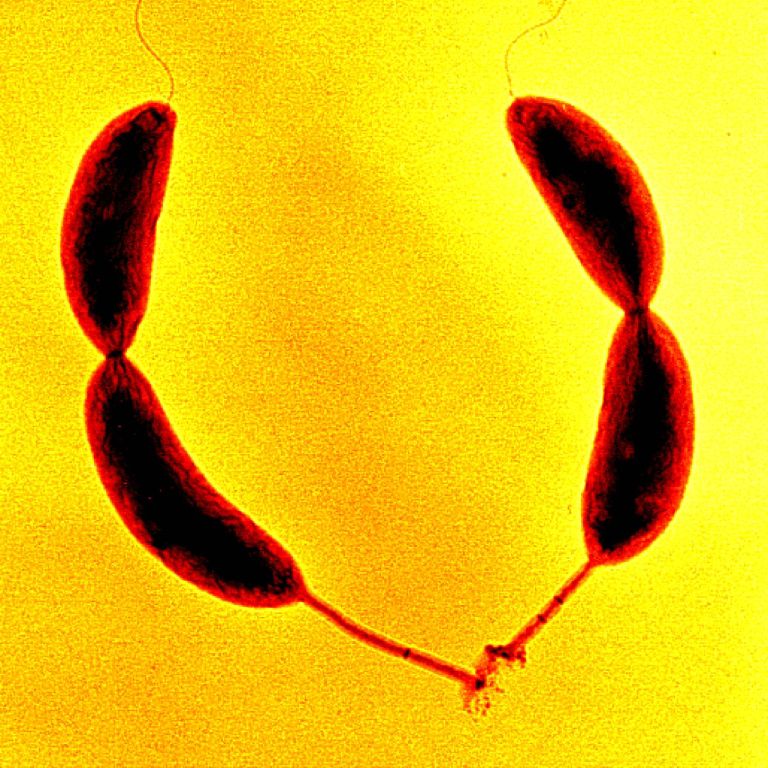
Distinguished Professor and Clyde Culbertson Professor Yves Brun has been awarded the NIH's MIRA (Maximizing Investigators' Research Award) to continue research on bacteria.

Postdoc Kelly Ronald (Hurley lab) was given the Walter Clyde Allee award, an early-career award for the best paper in animal behavior.
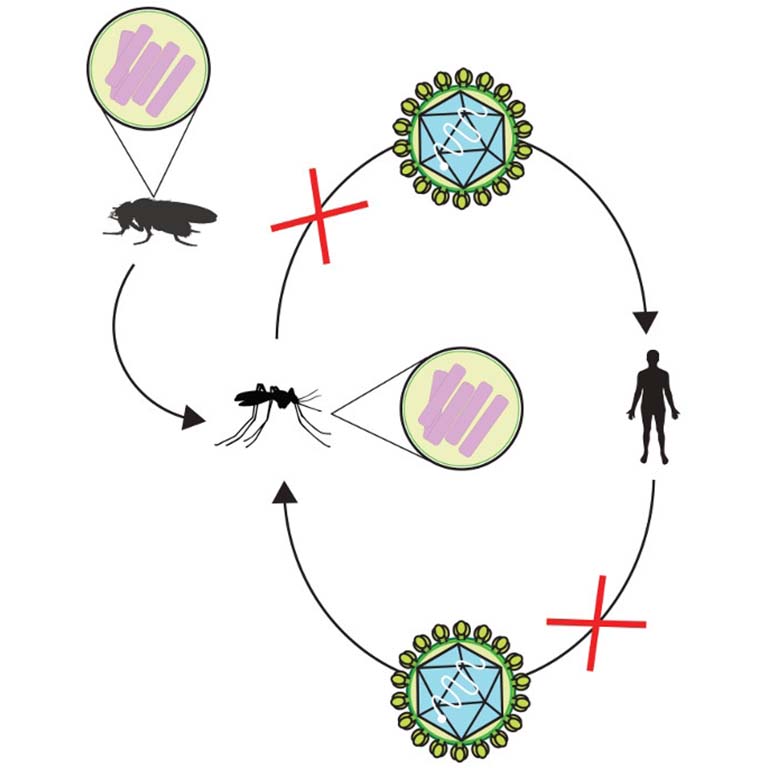
Study may explain why mosquitoes infected with Wolbachia bacteria don't transmit diseases such as dengue fever, West Nile virus, and Zika
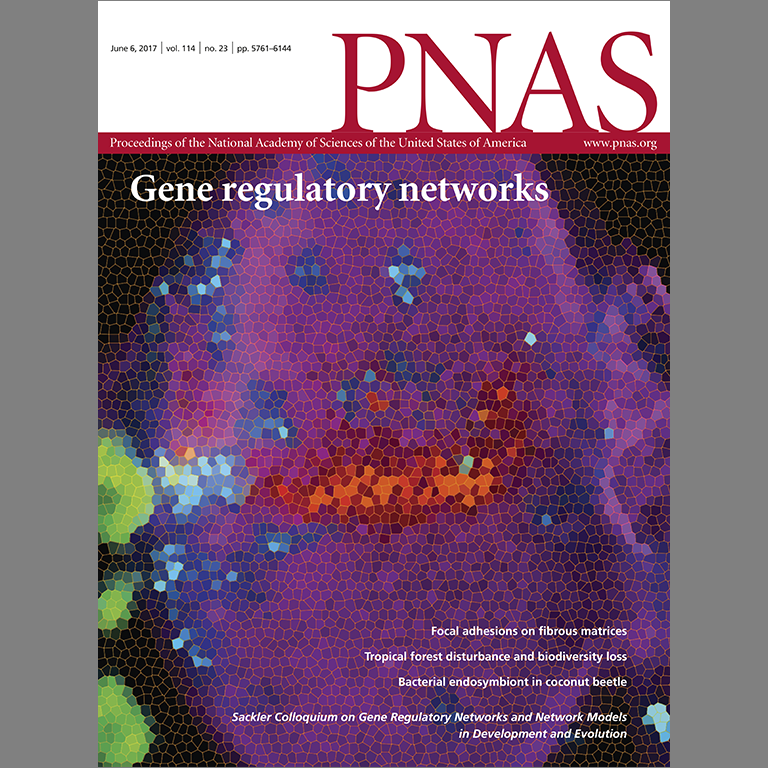
The paper “Drosophila Pax6 promotes development of the entire eye-antennal disc thereby ensuring proper adult head formation” (authored by members of Professor Justin Kumar's lab) was selected for the cover of the Proceedings of the National Academy of Sciences.
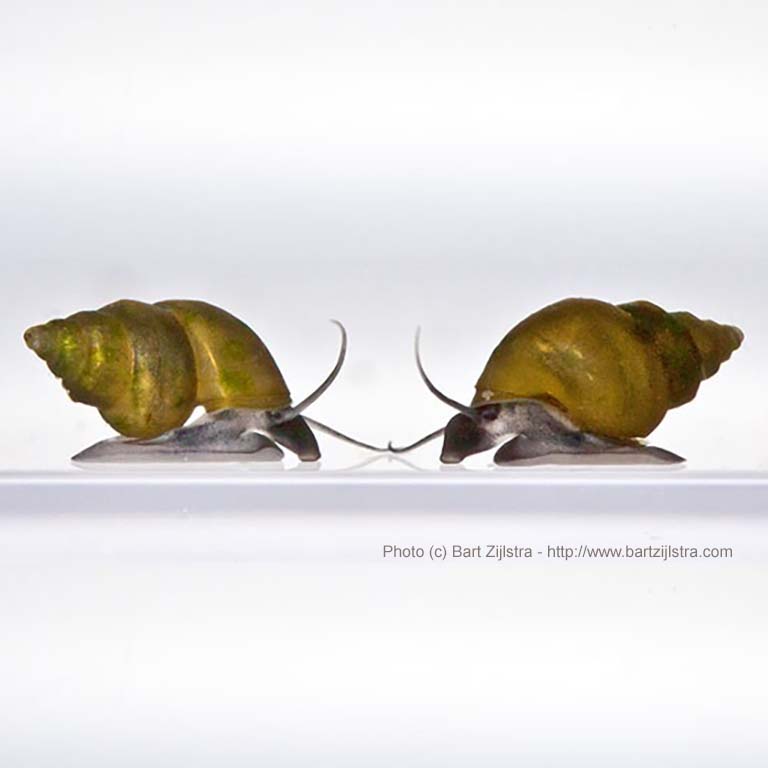
Amanda Gibson (PhD in Evolution, Ecology, and Behavior from IU in 2016) and IU Distinguished Professors of Biology Lynda Delph and Curt Lively used the freshwater snail Potamopyrgus antipodarum to test John Maynard Smith's theory suggesting that sex is a more costly reproductive strategy than asexual reproduction.
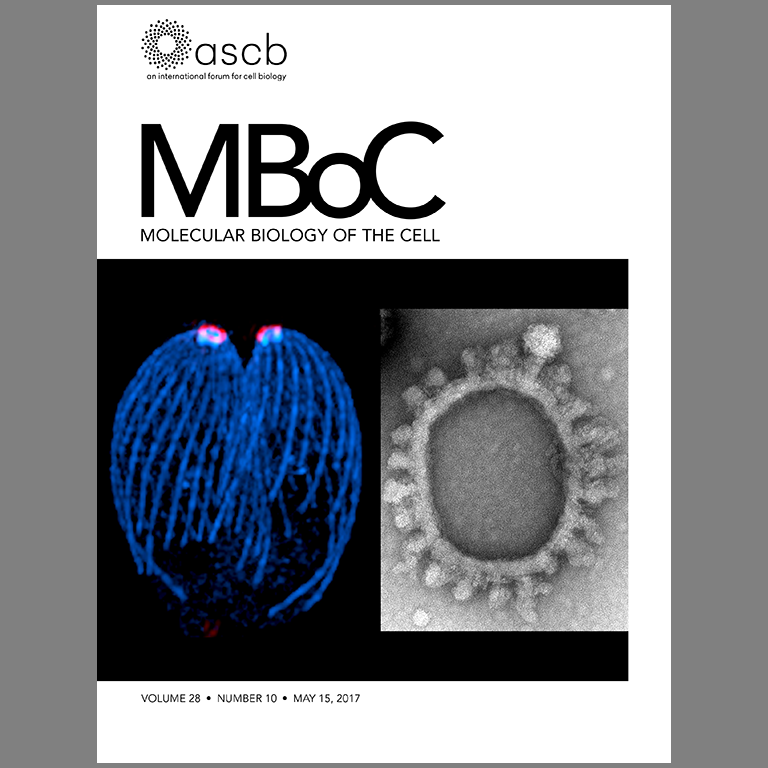
A paper authored by Associate Professor Ke Hu's lab and colleagues was selected for the cover of the journal Molecular Biology of the Cell.
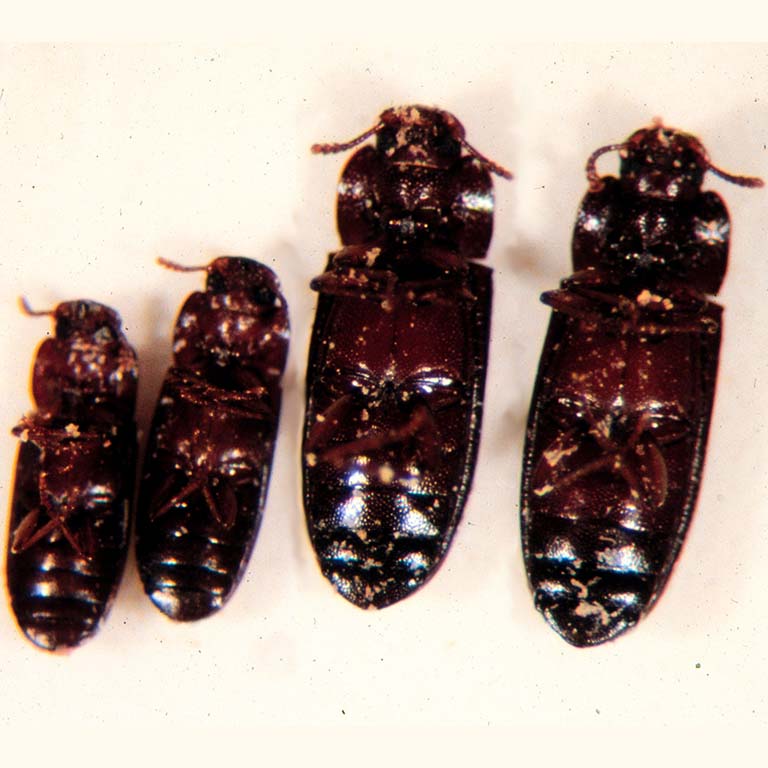
Faculty members Mike Wade and Gabe Zentner, postdoc Douglas Drury, and colleagues have found several challenges in using the revolutionary gene-editing tool CRISPR-Cas9 to fight human disease and agricultural blight.

Phil Perlman, HHMI senior scientific officer and IU alum, to deliver lecture, "The Howard Hughes Medical Institute: Its research mission, student and faculty funding opportunities, and one scientist’s journey from IU graduate student to HHMI scientific officer," on June 7.
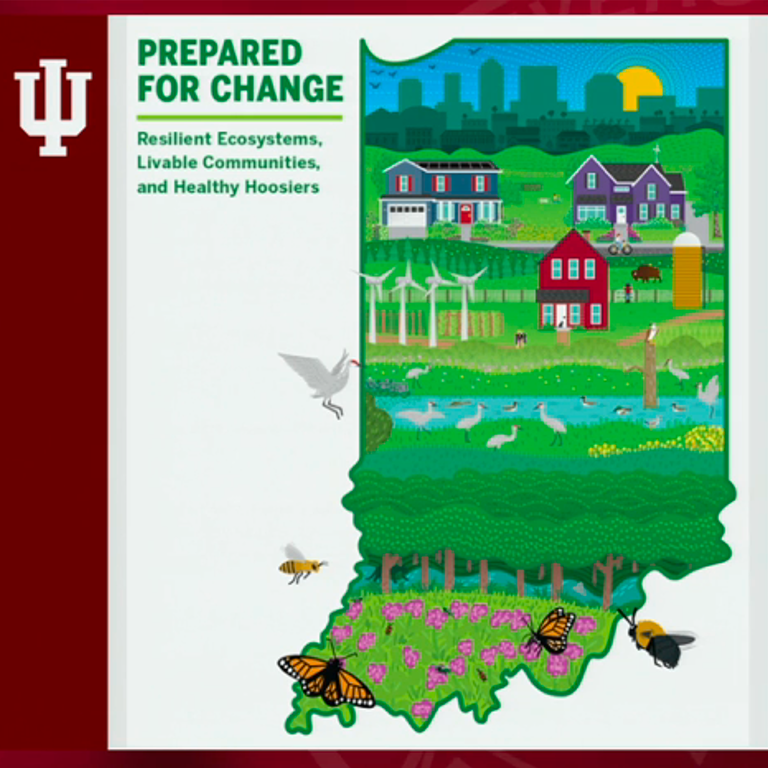
The IU Grand Challenges initiative led by Distinguished Professor Ellen Ketterson will tackle major environmental threats to Hoosier health and economy.

Professor Craig Pikaard has been elected a member of the National Academy of Sciences. Members of the academy are selected in recognition of their distinguished and continuing achievements in original research.

Distinguished Professor Yves Brun received a 5-year, $4 million Maximizing Investigator Research Award (MIRA) from the National Institutes of Health for his research on bacterial cell biology.
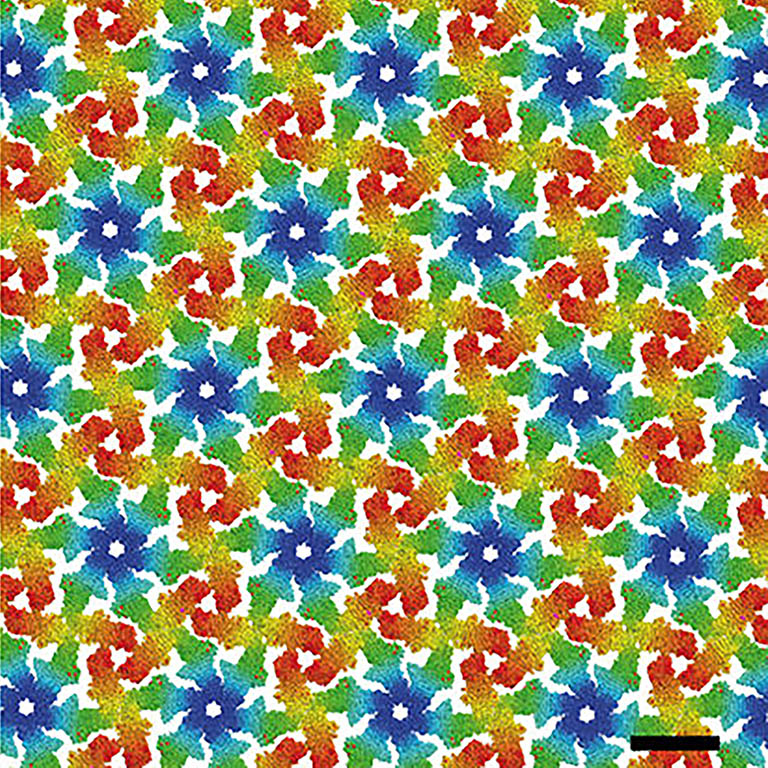
Assistant Scientist Gail Hardy (Brun lab) and collaborators published a paper in Nature Microbiology on the first high-resolution structure of an intact bacterial surface layer resolved directly on the cell surface.
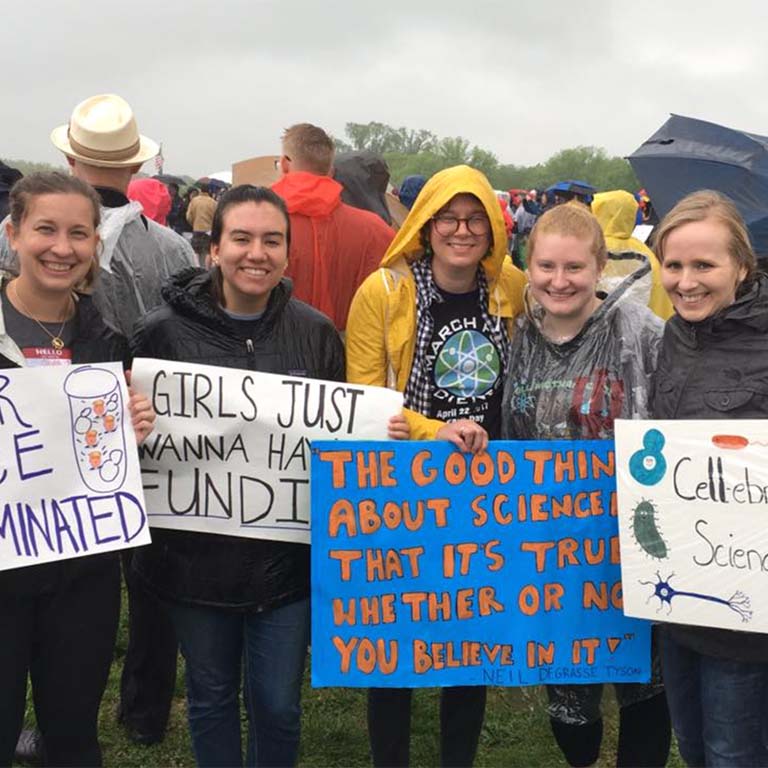
Inside Higher Ed featured Lacefield lab members Olivia Ballew, Annie MacKenzie, Ali Ordway, Tiffany Musser, and Soni Lacefield in its "Why They Marched" article. The Lacefield lab members and others from IU Biology participated in the March for Science on April 22, 2017, in Washington, D.C. Many more from the department marched in Indianapolis.
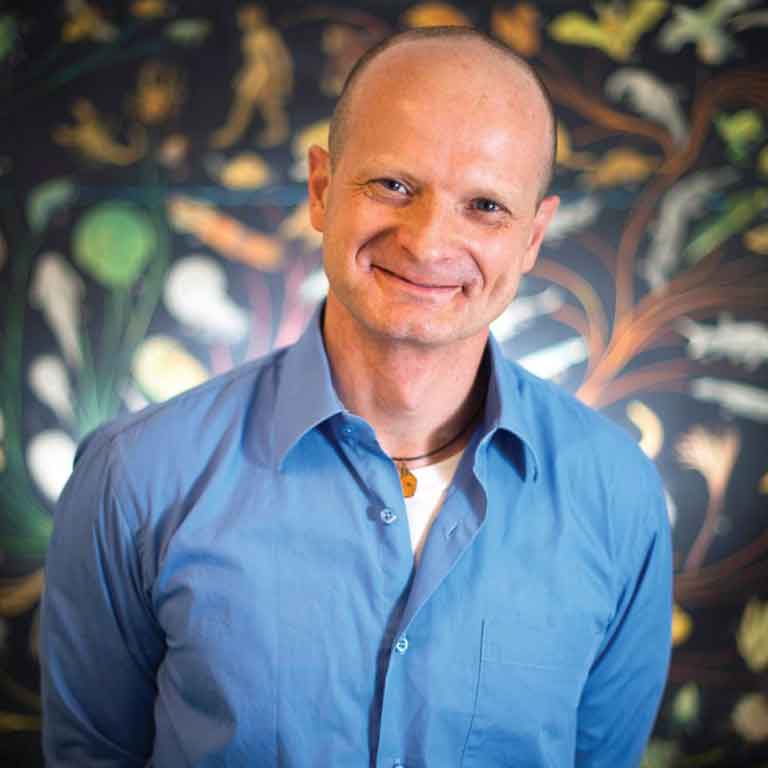
Professor Armin Moczek has been awarded the prestigious John Simon Guggenheim Fellowship for 2017. Fellowship recipients are selected on the basis of prior achievement and exceptional promise in their respective fields.
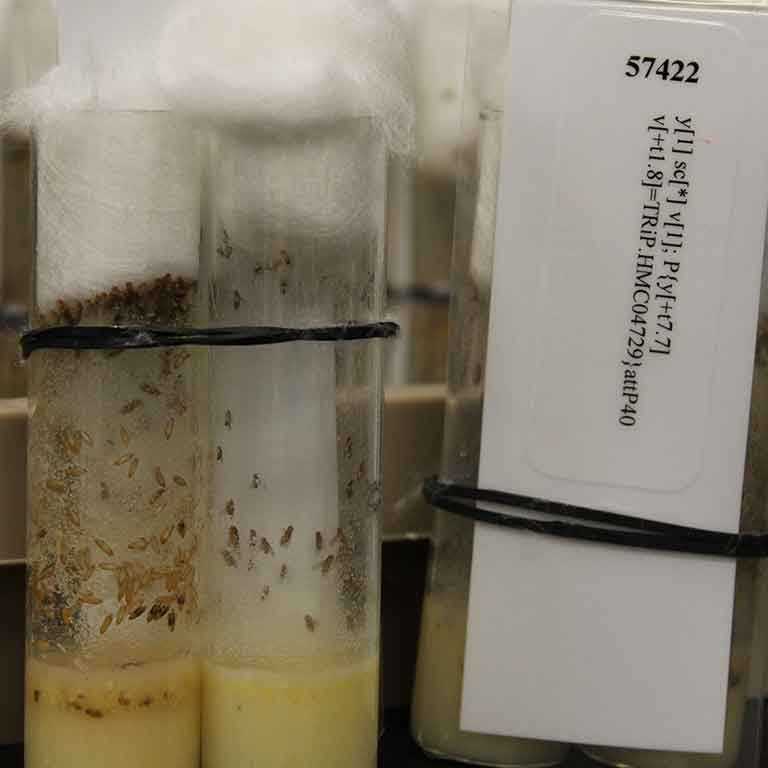
Distinguished Professor Thom Kaufman and Bloomington Drosophila Stock Center at IU were given a nod in an article about medical uses of fly larvae. The BDSC, which began in 1987, is a living stock collection with over 60,000 genetically defined strains of D. melanogaster. Thousands of laboratories worldwide order strains from the center.
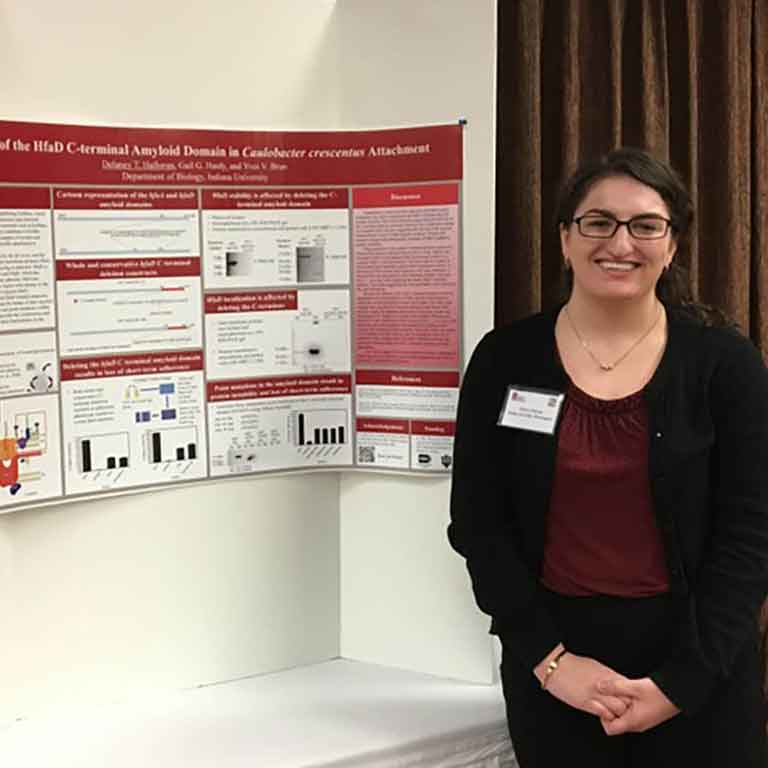
Delaney Halloran (Brun Lab) received the 1st place undergraduate poster award at the 2017 Indiana Branch American Society of Microbiology meeting for her work on the Caulobacter crescentus holdfast anchor. Her work will be highlighted in an upcoming IBASM newsletter.
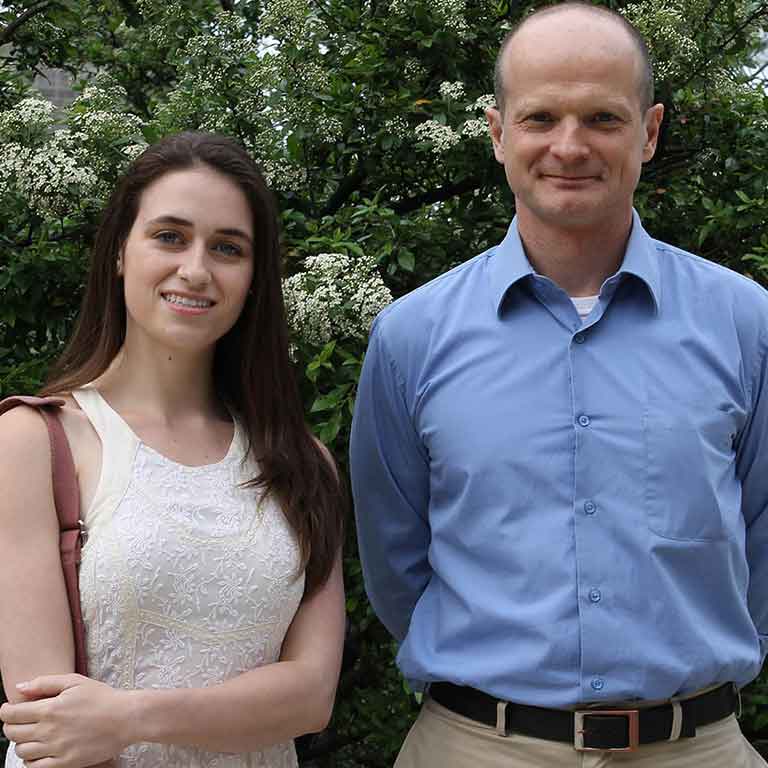
Hannah Busey has been awarded the 2017 Provost's Award for Undergraduate Research and Creative Activity in the Natural and Mathematical Sciences under the mentorship of Professor Armin Moczek.
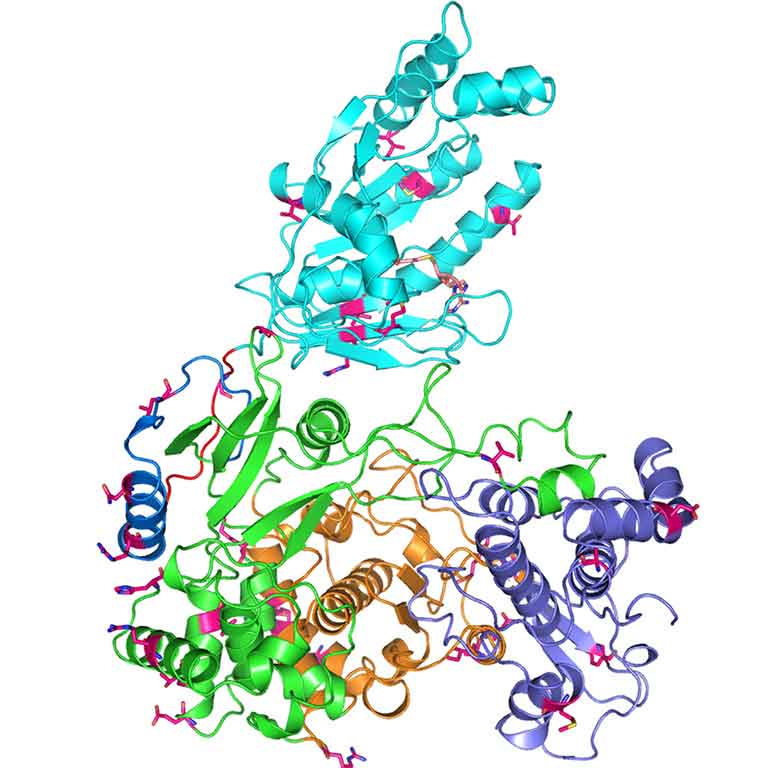
Robert Vaughan (Associate Director of Biotechnology) and Cheng Kao (Director of Biotechnology, Professor of Biochemistry) are part of the research team speeding the path to new treatments for the Zika virus. Kao has mapped a key protein that causes the virus to reproduce and spread.
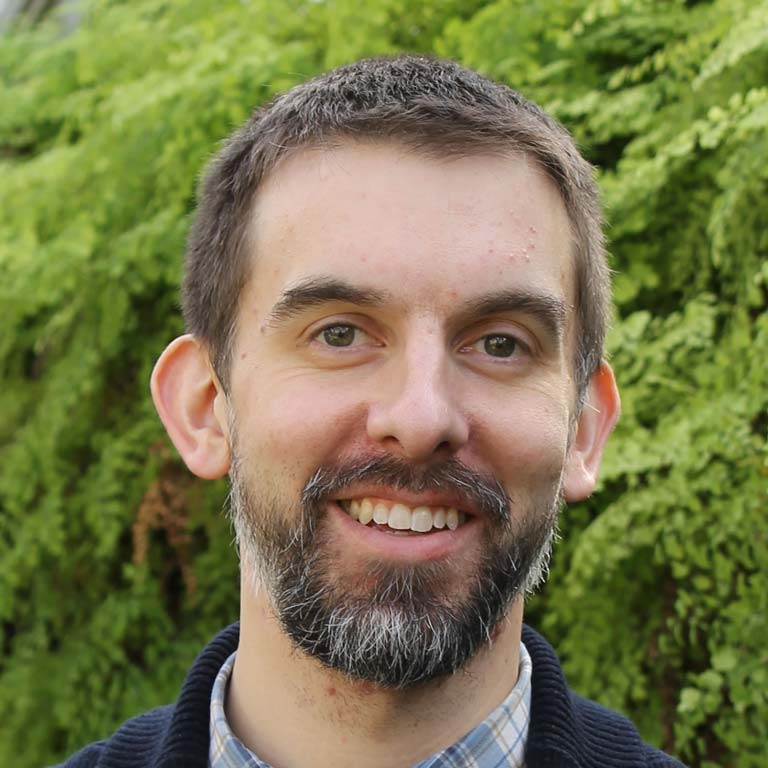
Assistant Professor Jake McKinlay has been presented with IU Bloomington’s Outstanding Junior Faculty Award for 2016-17. The award celebrates tenure-track faculty working on nationally recognized research or creative programs.
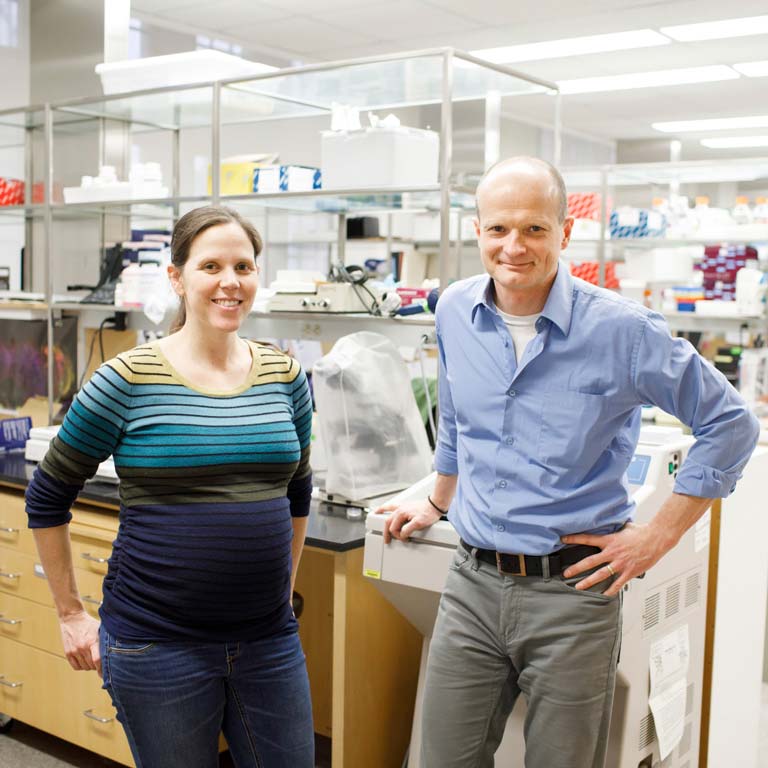
Cris Ledón-Rettig and Eduardo Zattara (postdocs, Moczek lab) and Professor Armin Moczek reveal how a powerful 'master gene' regulates physical differences between sexes in their paper in Nature Communications. Their first-of-its-kind study helps answer a major question about development and evolution in males versus females.
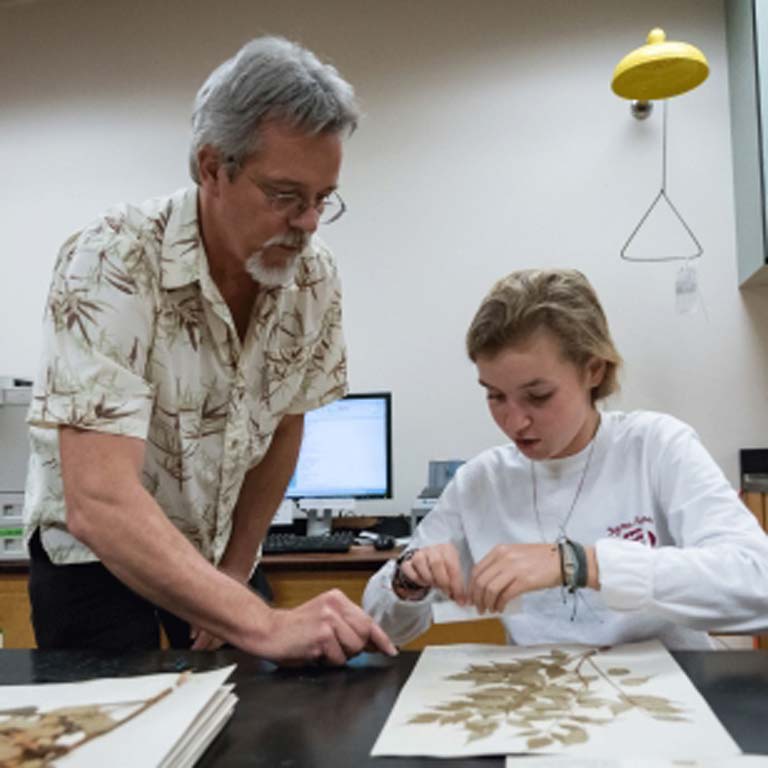
IU Herbarium’s preserved plant collection enters new era with massive digitization project.
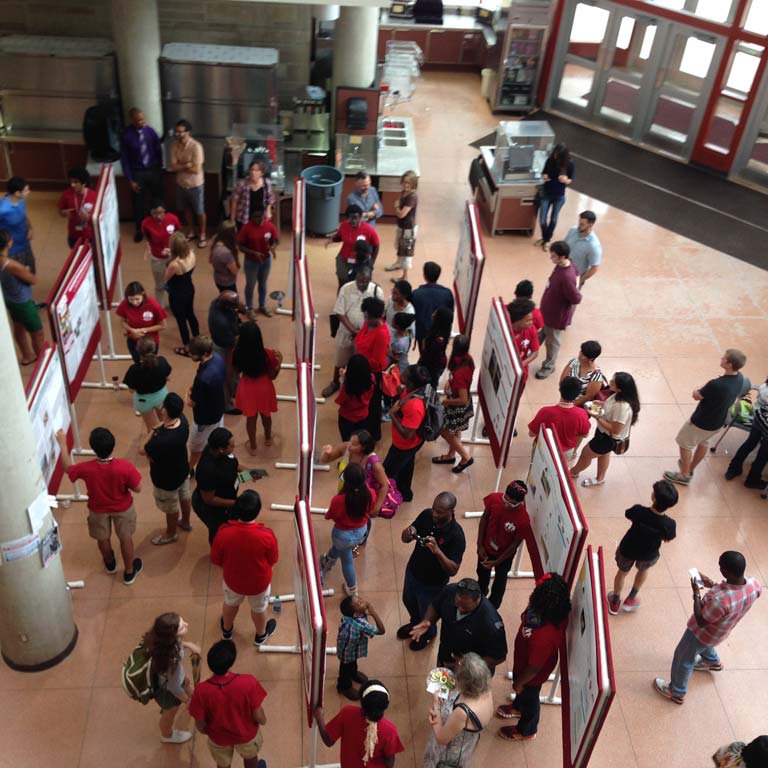
Mary Ann Tellas (director of the Jim Holland summer science programs organized through IU Biology for underrepresented high school students) and Professor Armin Moczek discuss the Holland programs, participants, and results.

Graduate students Logan Cole (Palmer lab), Will Shoemaker (Lennon lab), and Daniel Schwab (Moczek lab) have been awarded a grant from the Society for the Study of Evolution to promote the public understanding of evolutionary biology. They will use the funds to develop and implement a summer evolution course for high school students in collaboration with the IU Foundations in Science and Mathematics program.
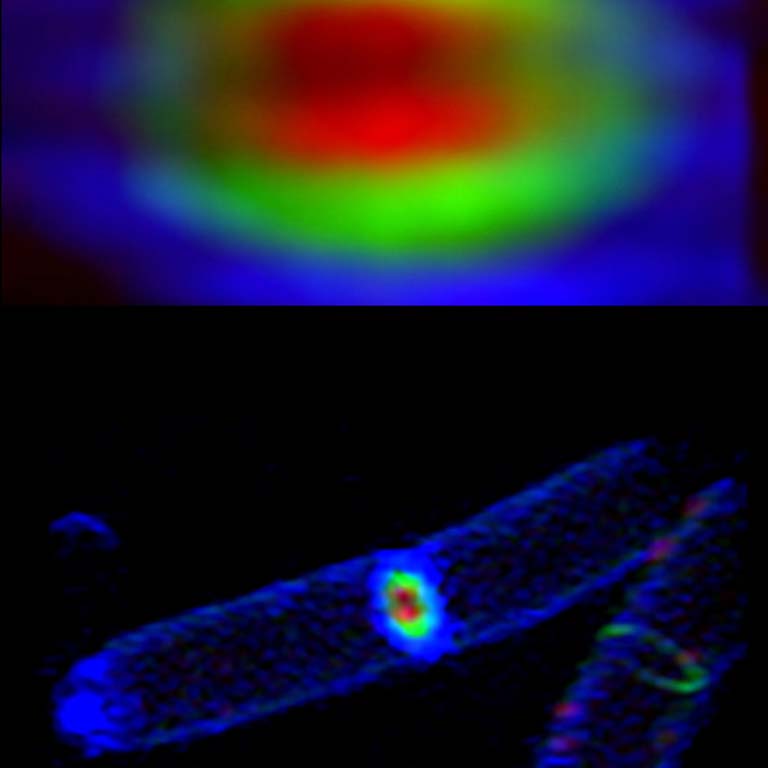
Ph.D. student Yen-Pang Hsu and Ph.D. graduate Erkin Kuru (both members of the Brun lab and VanNieuwenhze lab) are authors on a study reported in Science that is the first to reveal in extreme detail the operation of the biochemical clockwork that drives cellular division in bacteria.
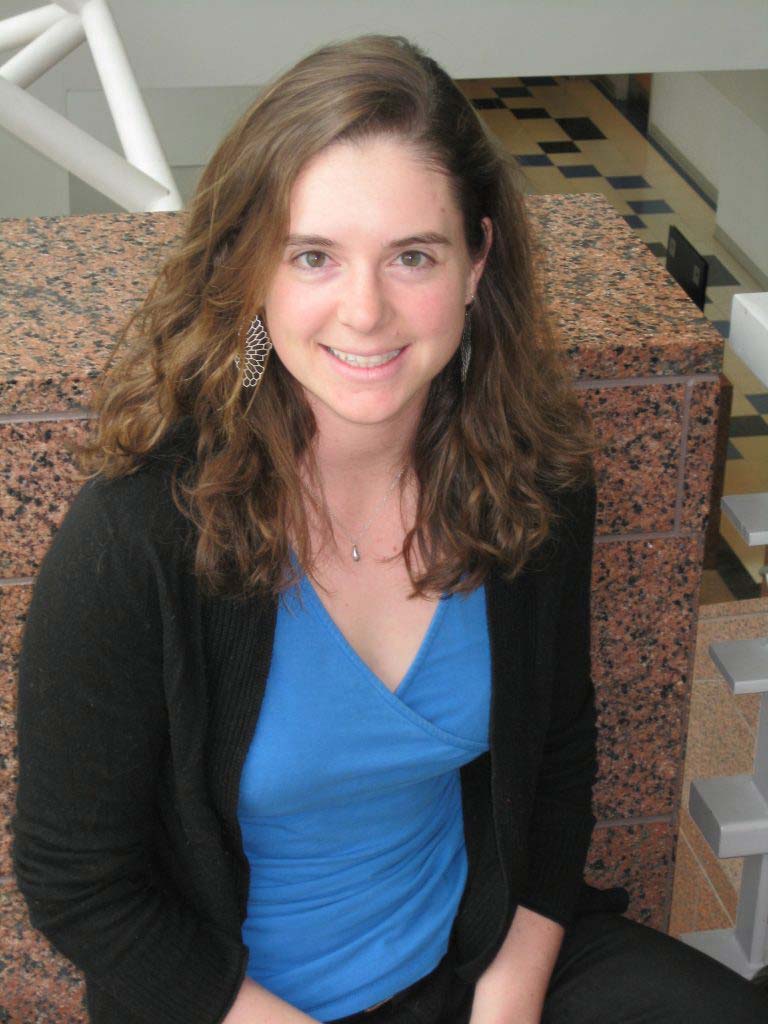
Mandy Gibson, a 2016 Ph.D. graduate (Lively lab), has been awarded the European Society of Evolutionary Biology's John Maynard Smith Prize, a major award for recent Ph.D.s in evolutionary biology.

Professors Yves Brun and Lynda Delph have been promoted to distinguished professor, the highest academic rank the university bestows upon faculty. They will be formally recognized on March 20 at a Distinguished Professor Symposium in Franklin Hall.
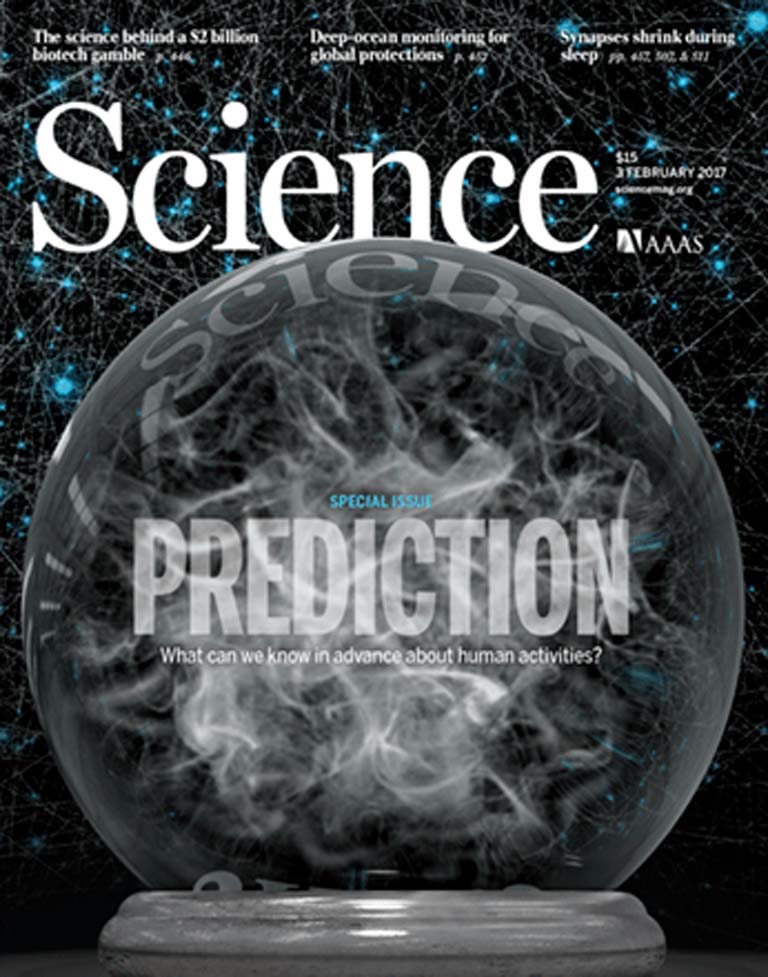
Assistant Professor Xindan Wang is first author of an article about tendering DNA for packing purposes in Science.
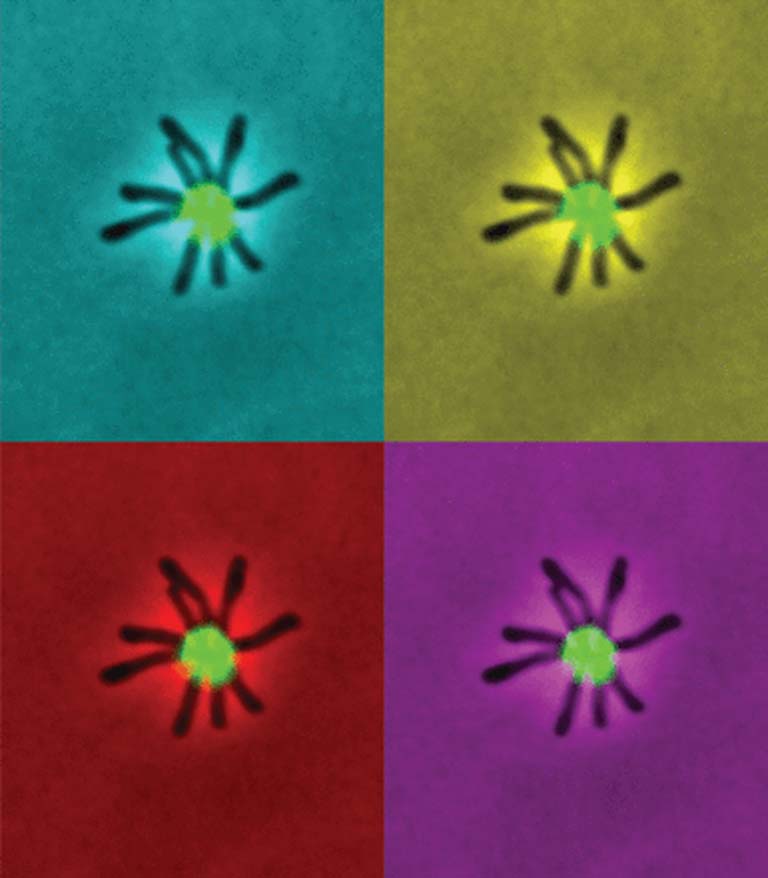
Ryan Fritts (graduate student) and other current and former McKinlay lab members describe the contribution of a unipolar adhesin to bacterial biofilm formation across diverse lifestyles. The work was published in Applied and Environmental Microbiology with an accompanying spotlight and cover image.
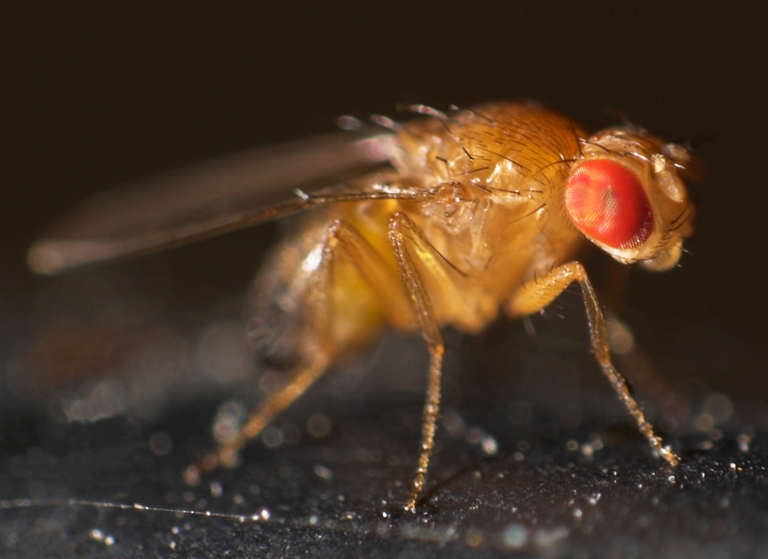
Tennessen lab members Hongde Li (postdoc), Geetanjali Chawla (associate scientist), Alexander Hurlburt and Maria Sterrett (research associates), Jason Tennessen (assistant professor), and colleagues have discovered that fly growth mimics cancer cells, creating a new tool in the fight against disease. Their findings are reported in PNAS. http://www.pnas.org/content/114/6/1353.full
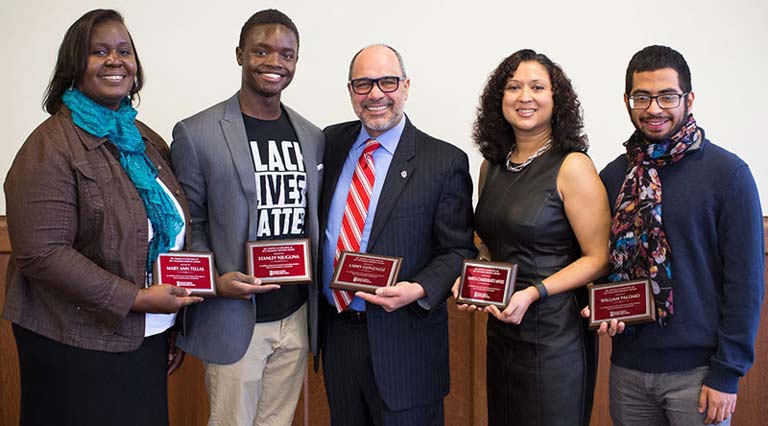
Mary Ann Tellas, Director of the Jim Holland summer STEM programs organized through IU Biology for underrepresented high school students, was honored with the 2017 Indiana University Dr. Martin Luther King Jr. Building Bridges Community Award during a ceremony on January 16 on the Bloomington campus.

Current and former members of Pranav Danthi's laboratory published an article in the Journal of Virology describing a signaling cascade by which virus infection of host cells results in cell death.
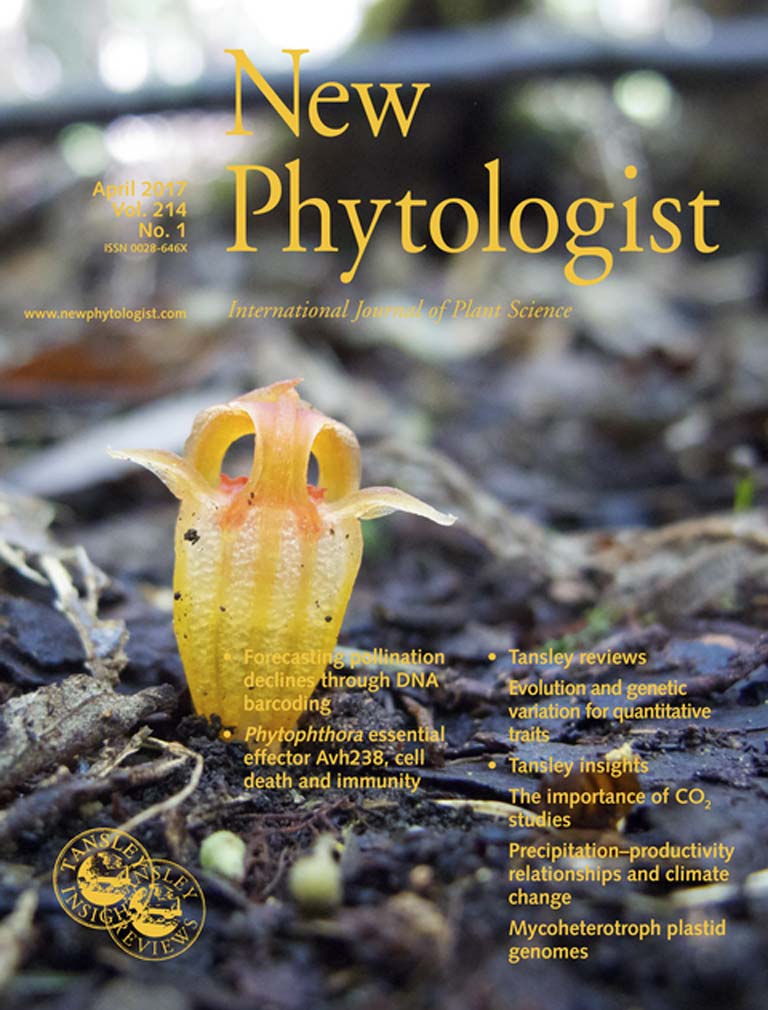
Tanya Cheeke (Phillips/Bever lab postdoc) along with Eddie Brzostek (former Phillips lab postdoc), Anna Rosling (Phillips/Bever lab visiting scholar ), Associate Professor Rich Phillips, and Professor Jim Bever published an article in New Phytologist on how the mycorrhizal association of different tree species in temperate forests alters carbon and nutrient cycling by selecting for microbial groups with distinct enzyme function.